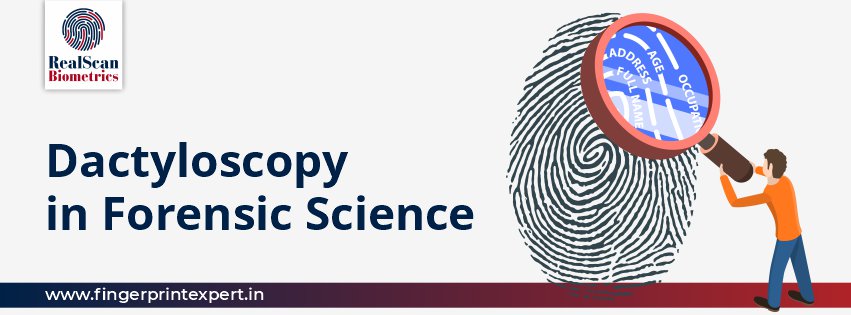Dactyloscopy, is the science of identification.
Fingerprints are made up of a
succession of ridges and furrows on a finger's surface; the loops, whorls, and
arches generated by those ridges and furrows often follow one of many patterns.
The papillary ridges on the
ends of the fingers and thumbs leave a fingerprint impression. Because the
ridge arrangement on each human finger is unique and does not change with
growth or age, fingerprints provide an ironclad form of personal identification.
Despite personal denial,
assumed names, or changes in personal appearance due to age, disease, plastic
surgery, or accident, fingerprints can expose an individual's genuine identity.
What is Dactyloscopy?
Dactyloscopy is a
fingerprinting procedure that includes cleaning the fingers in benzene or
ether, drying them, and then rolling the inner surface of each of the fingers over a
glass surface smeared with printer's ink.
The ridges are then tallied and
traced by gently rolling each finger on prepared cards using an accurate
procedure designed to produce a light grey impression with clean intervals
between each ridge.
The process of latent fingerprinting entails locating, conserving, and
identifying fingerprint impressions left by a criminal during the commission of
a crime.
The ridge structure of latent fingerprints is replicated on an object
in sweat, greasy secretions, or other substances naturally present on the
culprit's fingers, rather than in ink on a record card.
Because the majority of
latent prints are colorless, they must be "developed," or made
visible, before being kept and compared.
Brushing them with various grey or
black powders containing chalk or lampblack mixed with other chemicals
accomplishes this.
Photography or lifting powdered prints from the adhesive
surfaces of tape are used to preserve the latent impressions as evidence.
Virtual autopsy, which is a
cornerstone for forensic medicine, is one of the most current trends. It's a
non-invasive procedure. Forensic medicine, radiography, pathology, physics, and
pathology are all used in virtual autopsy. This method saves time by
determining the cause of death in bad putrefied bodies.
The second emerging
trend is forensic facial reconstruction, which is both an art and a tool for
investigation. It is a method of reproducing the appearance of
an unknown person.
It allows for two-dimensional or three-dimensional
reconstructions of the victim's face.
Reconstruction is not a comprehensive
image of the individual, but it is an accurate portrayal with a high rate of
success.
The biometric technique is the third trend. The old biometric approach
is fingerprinting.
Retinal prints,
which use the eye for personal identification, are one sort of biometric print.
The iris scan, in which the colored area of the eye seems to resemble a
fingerprint, is the other type.
Ear print, in which each individual's anatomy
is unique and different, and lip print.
Cheiloscopy is the scientific term for
the study of lip print.
The future of forensic dentistry is dactyloscopy.
The
introduction of fingerprinting has changed the way people identify themselves.
Other
"fingerprinting" methods have been developed as well. These include
using a sound spectrograph to create voice graphs, or voiceprints, and using
DNA fingerprinting to identify physical evidence such as blood, semen, hair,
etc. as belonging to a suspect. The latter test has been utilized in forensics
and paternity testing.

 July 25, 2022 - BY RealScan Biometrics
July 25, 2022 - BY RealScan Biometrics
